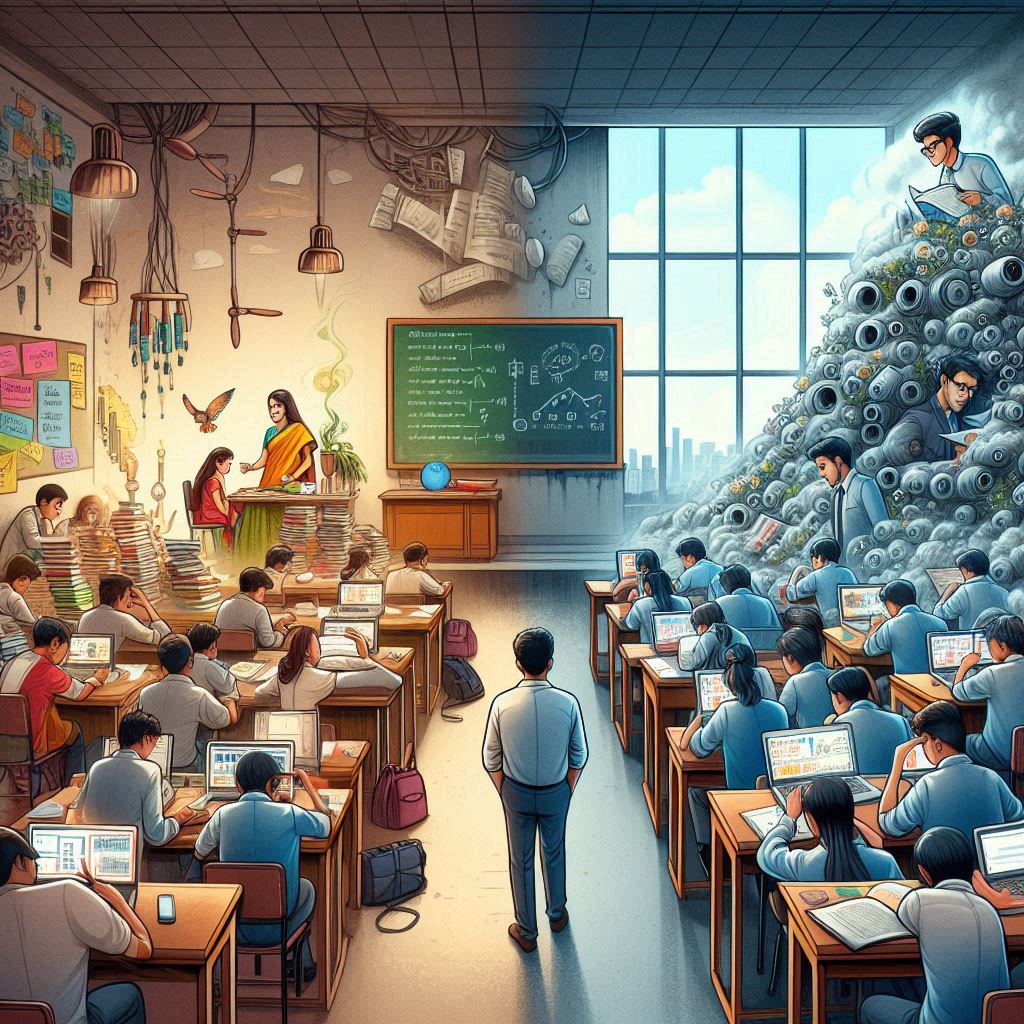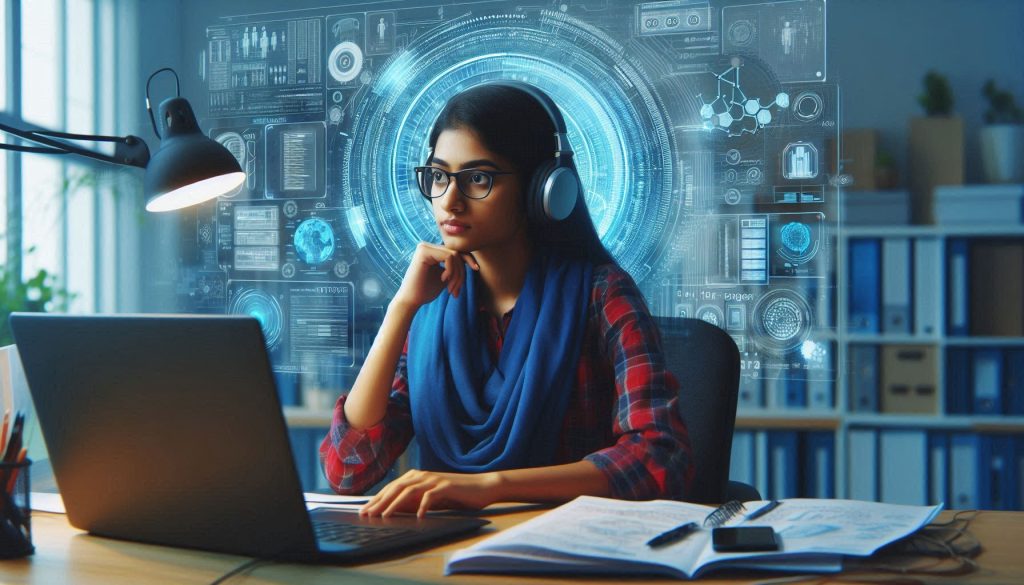The Indian education system, while one of the largest and oldest in the world, has been a subject of intense debate for many years. While it has produced some of the brightest minds globally, including engineers, doctors, and scholars, it also faces significant challenges that need addressing. Below are some key issues plaguing the Indian education system:
1. Focus on Rote Learning
One of the most prominent criticisms is the over-reliance on rote memorization. The system emphasizes cramming information rather than fostering critical thinking, creativity, or problem-solving skills. Students are often evaluated on how well they can memorize and reproduce content rather than on their understanding or application of concepts.
Consequences:
- Students often forget what they have learned soon after exams.
- Lack of interest in subjects leads to a poor foundation in practical knowledge.
- Students may struggle when faced with real-world challenges that require innovative thinking.
2. Outdated Curriculum
The curriculum in many Indian schools and colleges is often outdated, lagging behind modern global educational standards. While the world is rapidly evolving with new technological advancements, the education system struggles to keep up.
Consequences:
- Graduates lack the necessary skills demanded by today’s job market, such as coding, digital literacy, or data analysis.
- Knowledge imparted often becomes irrelevant, contributing to high unemployment rates among the educated.
3. Exam-Oriented System
The pressure to excel in examinations overshadows the importance of holistic learning. Indian students face enormous pressure to secure high marks, as their future careers often depend heavily on academic performance.
Consequences:
- It leads to immense stress, sometimes resulting in severe mental health issues, including anxiety and depression.
- Students tend to focus only on exam-relevant material, neglecting a broader understanding of their subjects.
- Creativity and the pursuit of non-academic talents are often sacrificed in the race for marks.
4. Inequality in Education Access
There is a stark divide between urban and rural education in India. While cities may offer quality education through private institutions, rural areas often face severe shortages of teachers, proper infrastructure, and resources.
Consequences:
- Students in rural and marginalized communities do not have access to the same opportunities as their urban counterparts, widening the socioeconomic gap.
- Children from underprivileged backgrounds may drop out of school or remain illiterate due to lack of proper facilities.
5. Underqualified Teachers
A significant problem in the Indian education system is the shortage of qualified and passionate teachers. In some regions, teaching jobs are treated as fallback careers rather than professions of passion and dedication. Additionally, teachers are often underpaid, which demotivates them from giving their best.
Consequences:
- Poor teaching quality leads to students not fully grasping essential concepts.
- With a lack of mentorship, students do not get inspired or encouraged to explore beyond textbooks.
6. Neglect of Vocational Training
India’s education system is predominantly focused on academics, with little emphasis on vocational training or skill development. This means that students are often pushed towards conventional career paths such as engineering, medicine, or law, even if their skills or interests lie elsewhere.
Consequences:
- A mismatch between the education system and industry demands.
- Many students are forced to choose careers they are not passionate about, leading to discontent and underperformance in professional life.
7. Lack of Innovation and Research
Indian universities, with a few exceptions, are not known for research or innovation. The infrastructure for research is underfunded, and students are often discouraged from pursuing unconventional ideas or conducting original research.
Consequences:
- A lack of innovation impacts India’s global competitiveness.
- The country falls behind in contributing significantly to global advancements in science, technology, and the arts.
8. Private vs. Public School Divide
In India, there is a growing divide between private and public education. While private schools generally offer better infrastructure and teaching quality, they are often unaffordable for many families. Public schools, on the other hand, struggle with inadequate funding and lack of resources.
Consequences:
- This disparity creates an unequal playing field for children from different economic backgrounds.
- Public schools fail to attract talented teachers, leading to a vicious cycle of poor education quality for lower-income students.
Conclusion: A Call for Comprehensive Reform
The Indian education system has produced many success stories, but it remains in need of a serious overhaul to meet the demands of the modern world. A shift from rote learning to a more holistic, creative, and skill-based approach is essential. Teachers must be given better training and more incentives, rural schools need greater investment, and the gap between private and public education must be narrowed.
Addressing these issues requires both governmental action and societal change. Education reform can help build a stronger, more equitable future for India, where students not only achieve academic success but also develop the critical thinking and skills necessary to thrive in the 21st century.




